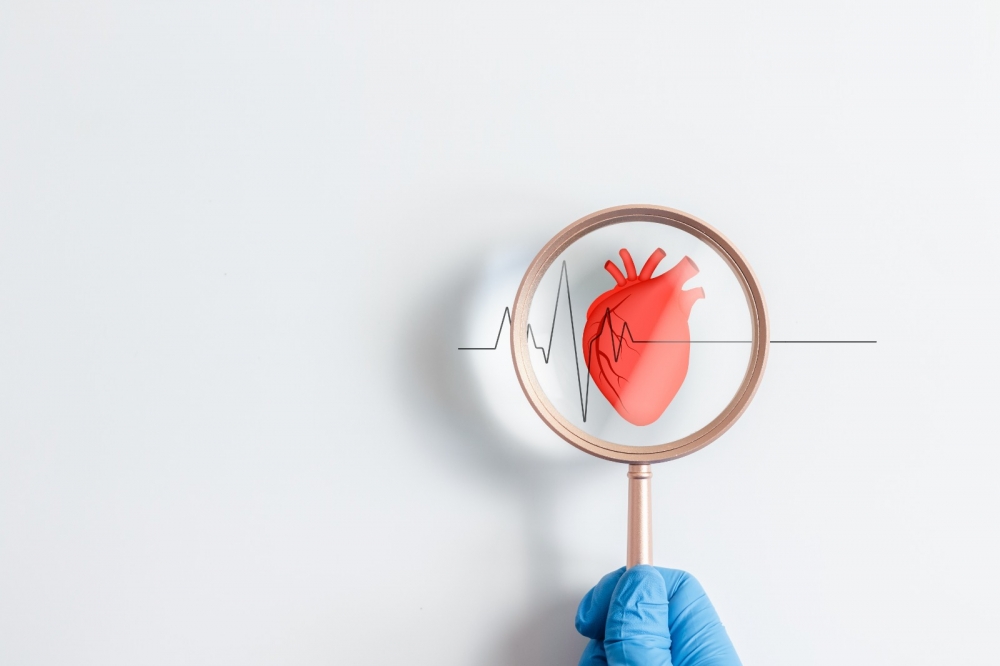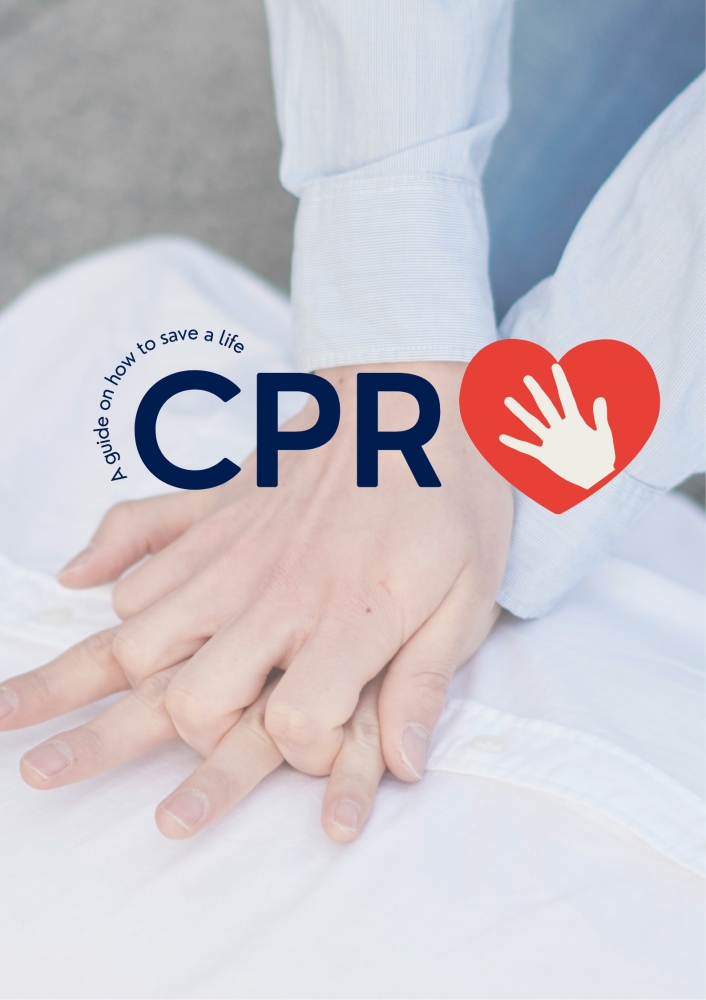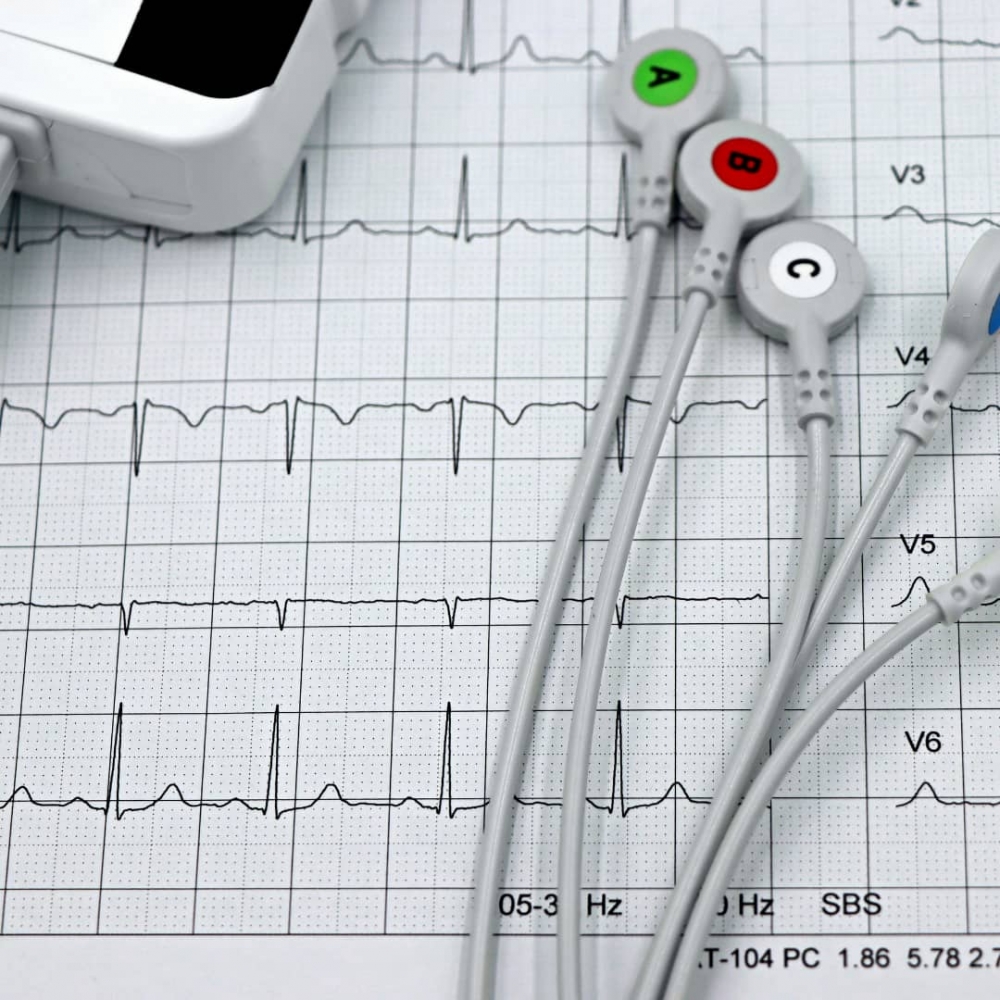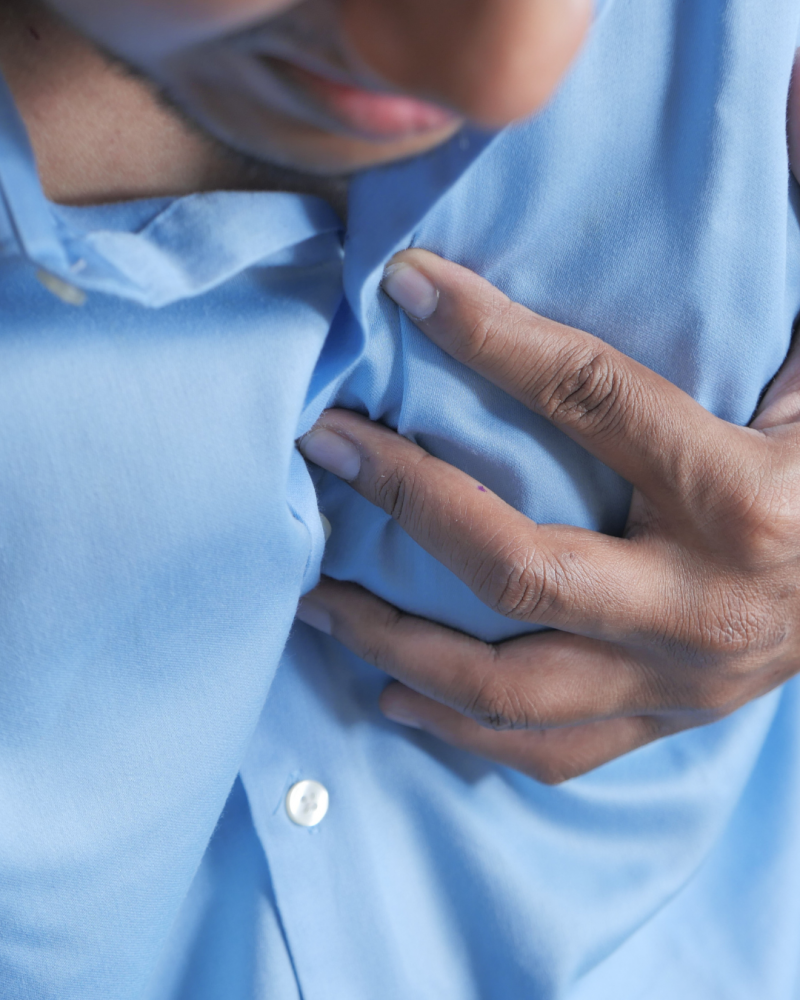#HEALTH: Lumps in vulva a sign of Bartholin's cyst
A Bartholin's cyst is a fluid-filled lump that forms in one of the Bartholin's glands, located on both sides of a woman's labia.
The Bartholin's glands are two small secretors that produce fluid to lubricate the vagina.
When the duct of one of the glands gets blocked, it causes fluid to build up, forming a cyst of various sizes ranging from a few millimetres to about 1cm.
It is common for women, especially those in their 20s to 30s, to develop a Bartholin's cyst.
Sunway Medical Centre Velocity (SMCV) consultant obstetrician and gynaecologist Dr Wong Yen Shi said studies showed two out of 100 women develop Bartholin's cysts.
"Many a time, ladies do not realise that they have a Bartholin's cyst because it is small enough to be negligible," said Dr Wong.

SMCV consultant obstetrician and gynaecologist Dr Wong Yen Shi - File pic credit (Sunway Medical Centre Velocity)
Some of them only learn about the cyst when their partners detect it during sexual intercourse.
Other times, a doctor may discover it during a patient's Pap smear check-up.
However, if the cyst does not cause discomfort or shows no symptoms like swelling or pain, there is no need to treat it.
"If it is a small one, it can heal by itself. It is like a pimple — some just pop, while some go away on its own," she said.
DEALING WITH AN INFECTION
While often harmless, a Bartholin's cyst can still get infected.
SMCV consultant obstetrician and gynaecologist Dr Nor Elyana Noordin said that an infection would turn the cyst into an abscess, causing the patient to experience swelling and pain. This may cause difficulty in walking, discomfort during sex and pain when passing urine.
A Bartholin's abscess is a collection of pus surrounded by inflamed tissue. It is larger than a cyst, and usually requires medical treatment.
"If left untreated, the abscess will become sepsis. Sepsis means the infection becomes systemic — it goes into the blood system, causing fever, and the whole body will have to fight it," said Dr Elyana.

SMCV consultant obstetrician and gynaecologist Dr Nor Elyana Noordin - File pic credit (Sunway Medical Centre Velocity)
TREATMENT OPTIONS
Treatment of a Bartholin's abscess depends on its size and pain.
"We will always discuss it with patients and lay out the options. If it is a small one, it can be treated with an antibiotic, warm compression and a sitz bath," said Dr Wong.
A sitz bath is a warm and shallow bath that covers one's hips and buttocks. Soaking in it will help relieve pain and reduce swelling caused by the Bartholin's abscess.
Dr Wong said that if patients do not have a bathtub, putting a warm compression with a towel on the swelling is good enough.
"But if it is a large one and they feel discomfort or pain, drainage or marsupialisation are better options," said Dr Wong.
Drainage, known as incision and drainage (I&D), is a procedure where the doctor makes a small incision on the abscess to drain the fluid.
Marsupialisation, on the other hand, is a daycare surgical procedure — done under anaesthesia — that creates a small incision in the cyst or abscess. The doctor sews the edges of the incision to the surrounding skin to create a small pouch or pocket.
The pouch is then left open to allow any fluid to drain out and prevent the abscess from reforming.
All of these treatments will help the infection go away in a few days.

Dr Wong said that treatments such as drainage or marsupialisation are recommended when a Bartholin's cyst is too painful. - File pic credit (NSTP)
However, a Bartholin's cyst can recur, especially for those who have high risk factors such as pregnancy, diabetes and sexually transmitted diseases (STDs).
"Bartholin's cyst has a high chance of recurring among those with diabetes. For a normal person who had Bartholin's cyst, the recurrence rate is as high as 20 per cent, but it depends on how it was treated.
"I&D has a recurrence rate of 20 to 23 per cent, while marsupialisation has a recurrence rate of eight to 10 per cent," said Dr Elyana.

CONSULTING A GYNAECOLOGIST
Dr Elyana said: "If there is pain and swelling, do not wait for it to become worse as it will lead to more complications."
Dr Wong agrees, adding: "If you notice any lumps and bumps down below, do seek advice from a gynaecologist.
"A majority of these are Bartholin's cyst cases, which can be quickly dealt with. But at times, these lumps and bumps could be something else."
She also advises women to get their Pap smear tests done on time.
BackSuggest to Read









